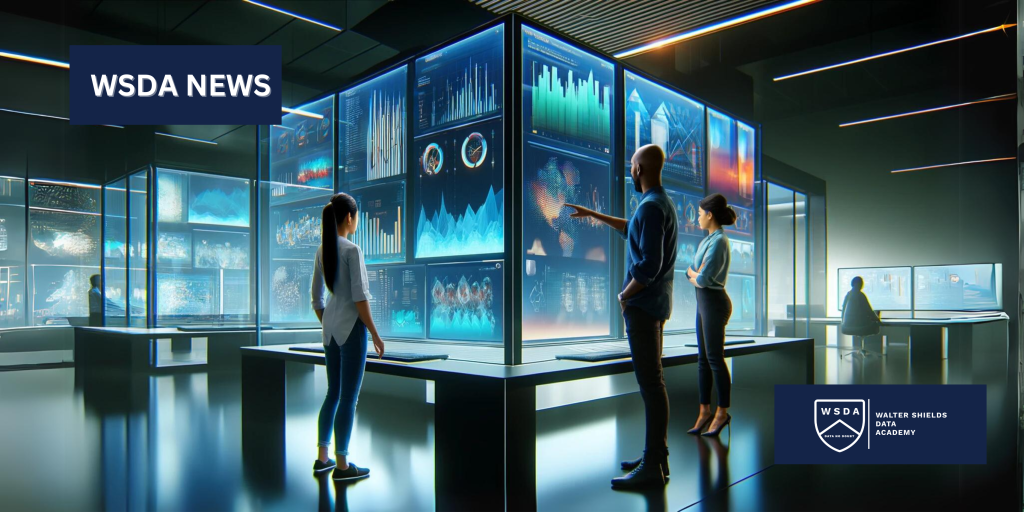How Generative AI is Revolutionizing Data Analytics

In the rapidly evolving landscape of technology, generative AI stands as a beacon of innovation, especially within the realm of data analytics. For aspiring data scientists and seasoned professionals alike, the advent of generative AI is not just an upgrade—it’s a revolution. A recent survey by Alteryx highlights the profound impact generative AI is already having on organizations, ranking analytics as the second and third most influenced domain. This evolution addresses three fundamental challenges in the field: the scarcity of data science expertise, outdated systems, and the increasing complexity of data.
Bridging Gaps with Generative AI
Generative AI is transforming business analytics by enhancing tool usability and automating processes across the data analytics lifecycle. This transformation is crucial in overcoming prevalent industry challenges.
Enhancing Usability
One of the most significant barriers to analytics has been the need for specialized knowledge, such as proficiency in Python for executing complex analytical tasks. Generative AI shatters this barrier by introducing natural language interfaces, allowing users to command analytics operations in plain English. This democratization of data analytics opens the door for a broader range of professionals to leverage analytics tools effectively, without the steep learning curve traditionally associated with these technologies.
Automating the Data Analytics Lifecycle
From data extraction to reporting, generative AI streamlines and automates every step of the analytics process:
ELT Processes: Predictive algorithms optimize data extraction, load data intelligently, and transform it using automated schema recognition and normalization techniques.
Data Preparation: AI algorithms enhance data quality by predicting and filling in missing values, identifying and integrating external data sources, and ensuring data accuracy and consistency through advanced pattern recognition and anomaly detection.
Data Analysis: Generative AI enables accurate geospatial analysis and increases the efficiency and accuracy of predictive analytics through automated machine learning model selection, tuning, and validation.
Reporting: Generative AI powers custom applications for interactive data visualizations and narrative reports, making insights accessible to a wider audience.
Top Use Cases for Generative AI in Analytics
The versatility of generative AI in analytics is evident in its wide array of applications, from insight generation to workflow documentation. According to Alteryx, the top use cases include analytics insight summary, analytics insights generation, code development, and process documentation. Generative AI not only facilitates the analysis of vast datasets but also presents findings in formats that enhance decision-making, such as email reports or PowerPoint presentations.
The Alteryx Advantage
Alteryx is at the forefront of integrating generative AI into analytics, providing both development tools and deployment infrastructure. Their AiDIN AI Engine exemplifies a streamlined approach to leveraging generative AI within organizations, ensuring privacy, accuracy, and alignment with business objectives. This platform empowers organizations to harness the full potential of their data, improving customer experiences, streamlining operations, and driving personalized interactions.
Moving Forward with Generative AI
The integration of generative AI into data analytics marks a pivotal moment in how businesses approach data-driven decision-making. By addressing the critical challenges of expertise scarcity, system obsolescence, and data complexity, generative AI is not just redefining analytics—it’s setting a new standard for business intelligence. For data professionals navigating this new terrain, the opportunities are boundless. As we continue to explore the capabilities of generative AI, one thing is clear: the future of data analytics is here, and it’s powered by AI.
Data No Doubt! Check out WSDALearning.ai and start learning Data Analytics and Data Science Today!

